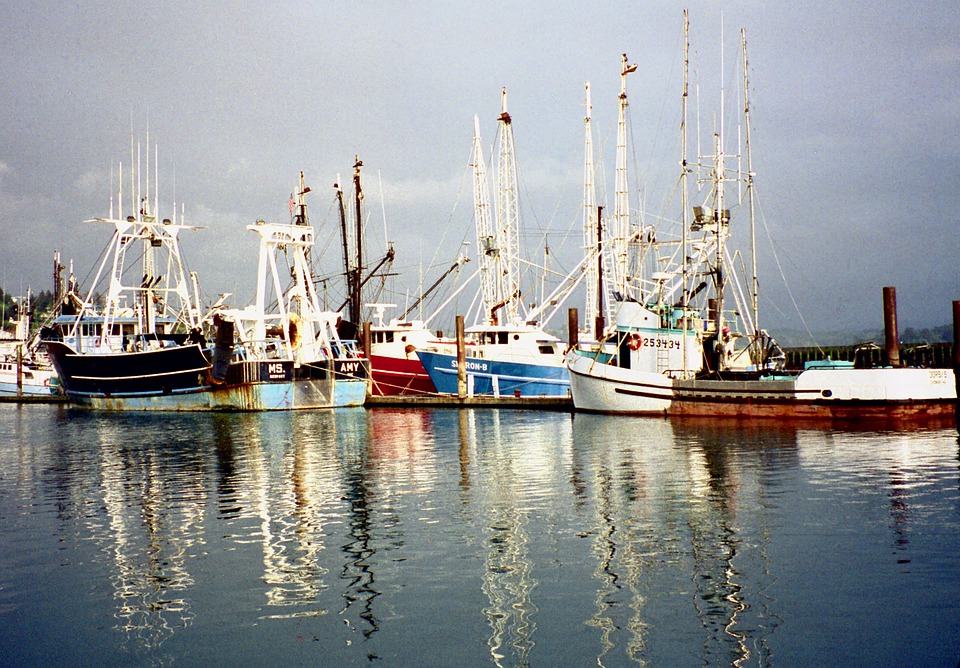
Best Locations for Oregon Deep Sea Fishing
Best Locations for Oregon Deep Sea Fishing
The Oregon Coast is one of the best places to be with its spectacular views, plentiful beaches, and breathtaking sand dunes. Best of all, there are a ton of fishing opportunities, which is why many anglers all over the world flock to Oregon for some of that action!
One of the things many anglers look forward to is Oregon deep sea fishing, where a ton of adventure and memories begin. There is so much to see and catch, especially when hiring a reputable fishing charter. But have you ever wondered where the best locations for Oregon deep sea fishing are?
Read on to learn more about the best locations for Oregon deep sea fishing here!
Best Locations for Oregon Deep Sea Fishing
One of the best things about fishing offshore in Oregon is that there are so many places you can choose from and there will be fishing charters that accommodate that area. Or they can choose the fishing location for you, depending on the species you want to catch.
Whatever the case is, here are some of the best locations for Oregon deep sea fishing to learn about:

Astoria
This fishery is one of the most popular when in Oregon, and for good reason! You get easy access to Columbia River and the deep waters of the Pacific Ocean, giving anglers a ton of variety. Here, you can find more halibut, tuna, and lingcod, and it’s now he default fishing location for those who want to try catching all of the different fish you can find in Oregon.
Coos Bay
Coos Bay is also located on the southern Oregon area, which we call the Tuna Central! Once Albacore tuna season begins during late summer, you’ll want to be around to see and catch the smorgasbord of halibut and lingcod. You can even find decent crabbing opportunities here!
It isn’t as reputable as Astoria but can compete with the location in terms of offshore fishing. You can take advantage of that fact because that means fewer anglers are around to fish in the area, so less competition!

Newport
Newport is one of the most popular areas not only for their fisheries but the vast history and fun activities to do for the entire family. It’s located at the center of Oregon Coast with many fishing opportunities all year long.
You’re assured to get Lingcod, and you also have chances of catching halibut, rockfish, and Albacore tuna here.
What You Can Catch
Of course, there’s more to learn besides knowing where to fish! Here are the fish you can catch when in the deep blue waters:
- Rockfish – There are up to 25 species of rockfish located in Oregon!
- Lingcod – People tend to overlook Lingcod, but these are great fish to catch, whether you’re a beginner or veteran angler. You can find Lingcod during most of the year, and it’s a common winter catch.
- Halibut – Many people consider this fish to be one of the most delicious when caught in Oregon. Because of how popular Halibut is in the state, there are strict fishing regulations for healthy fisheries and populations. To catch halibut, you need to go 20 miles out, once you hit waters over 800 feet deep!
- Albacore Tuna – You can find Albacore tuna about 20-50 miles offshore, particularly in the southern Oregon area. Expect huge schools and good fishing opportunities!
You’ll also need to learn when to target the specific fish you want to catch. Some fish only appear during certain seasons for spawning and feeding.
For instance, the Albacore Tuna would show up only from the end of July to October, then disappear until the next year. However, other fish like Lingcod are around Oregon all year-round, which is a good option for those who want to target something easy.
As for Halibut, it may be a bit restrictive as there are certain rules and regulations to follow, but their season opens in May to November. That’s why you should learn about the local fishing laws in Oregon, which a fishing charter will oblige and teach you.
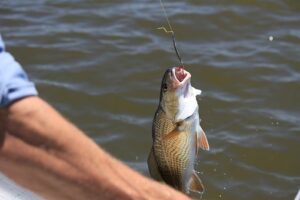
What Deep Sea Fishing Techniques Can You Use?
There are different types of fishing techniques you can perform when deep sea fishing, such as:
- Trolling and Live Bait Fishing – We recommend trolling using diving plugs and tuna jigs in mid-July. Once the end of August rolls around, it’s best to move towards live bait fishing.
- Bottom Fishing – The big Lingcod are out there in the deep waters, which is why bottom fishing is a good option!
Hire Fishing Charters
If you’re ready to go to any of the best locations for Oregon deep sea fishing, it’s best to prepare ahead and go with a reputable fishing charter. Fishing charters will provide customers with the essentials, such as fishing gear, the boat, experienced captain and crew, and knowledge on where to go and how to use fishing gear.
This lessens the hassle on your end, as you have someone navigating the waters safely, with the knowledge of where to go around Oregon. Furthermore, the crew can accommodate your needs and queries about fishing, teaching you the ropes of the deep sea fishing techniques to catch a bite.
Wrapping It Up
Oregon is such a beautiful state filled with a lot of fishing activities, making it a must-do when in the area. From bass to sturgeon, tuna to lingcod, there’s always something you can catch and enjoy. Just make sure that you select the best location based on the fish you want to catch and the season you plan on going to Oregon.
If you want to have the entire fishing trip prepared for you, contact fishing charters and let them know what kind of fish you’d like to catch! We can help turn your fishing dreams into a reality as we take you to some of the best locations for Oregon deep sea fishing.
Schedule your Oregon Fishing Charter Today!
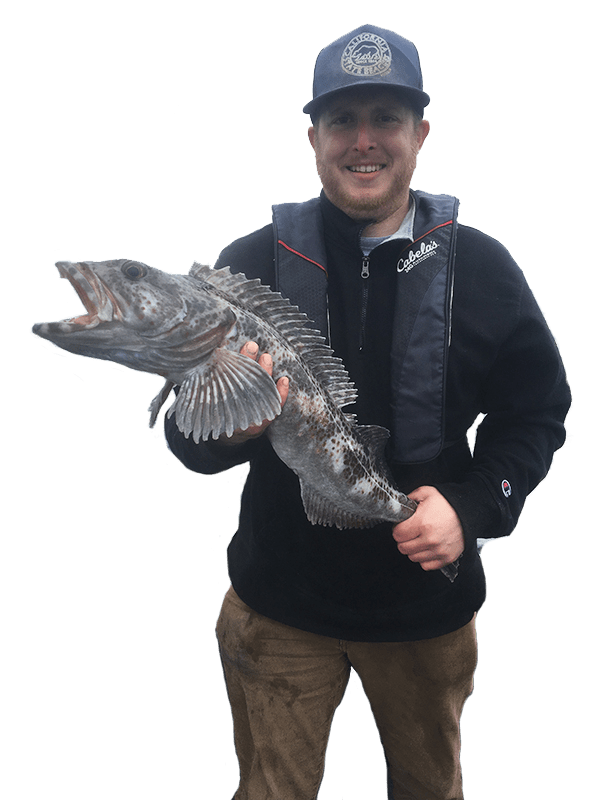

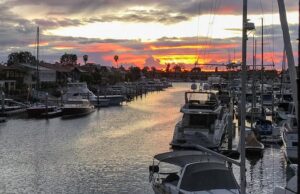
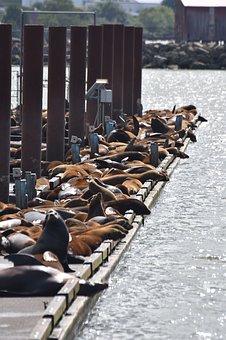
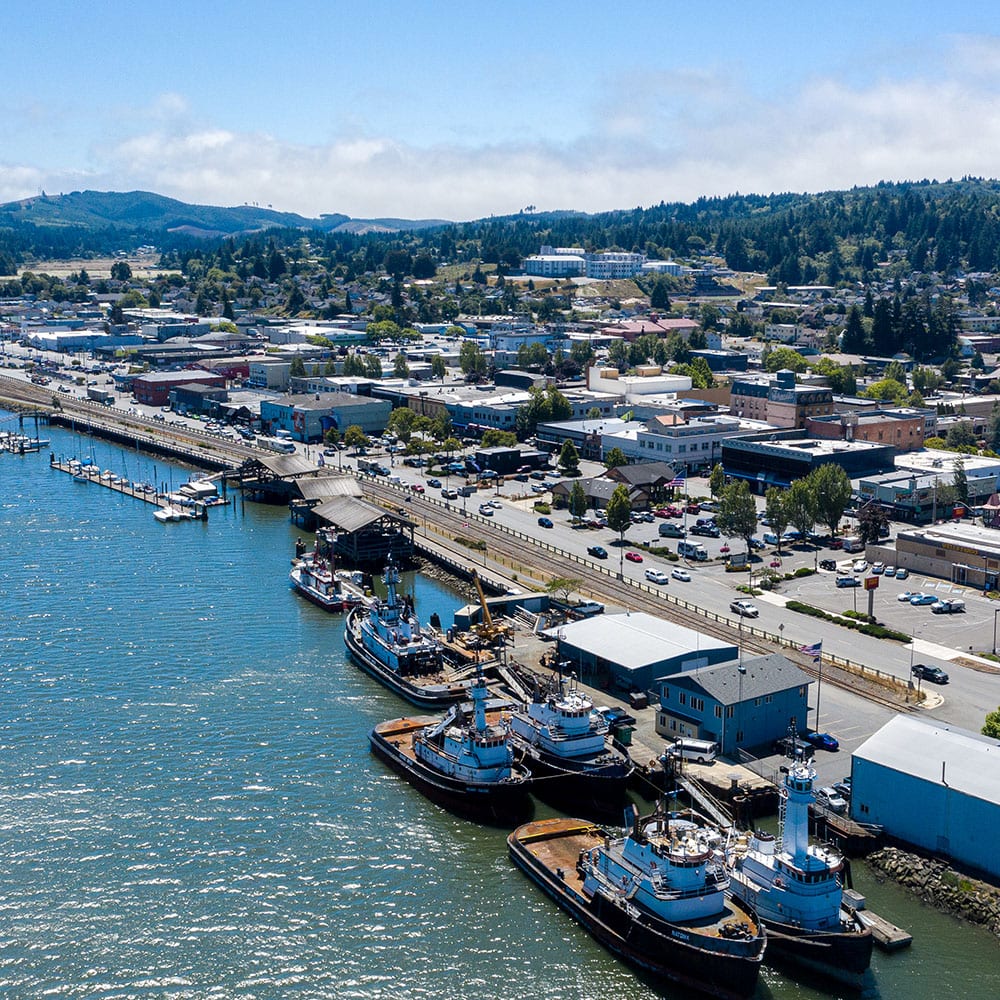
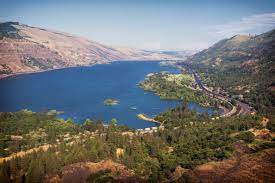
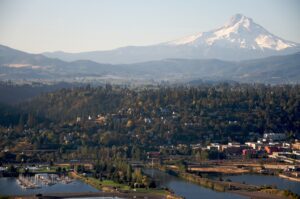

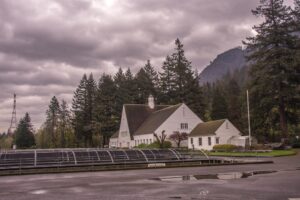
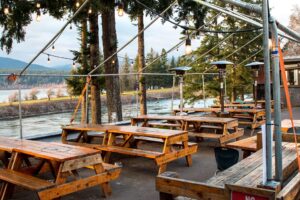
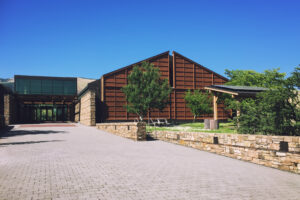
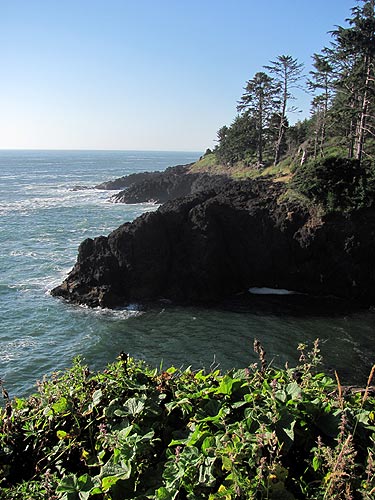
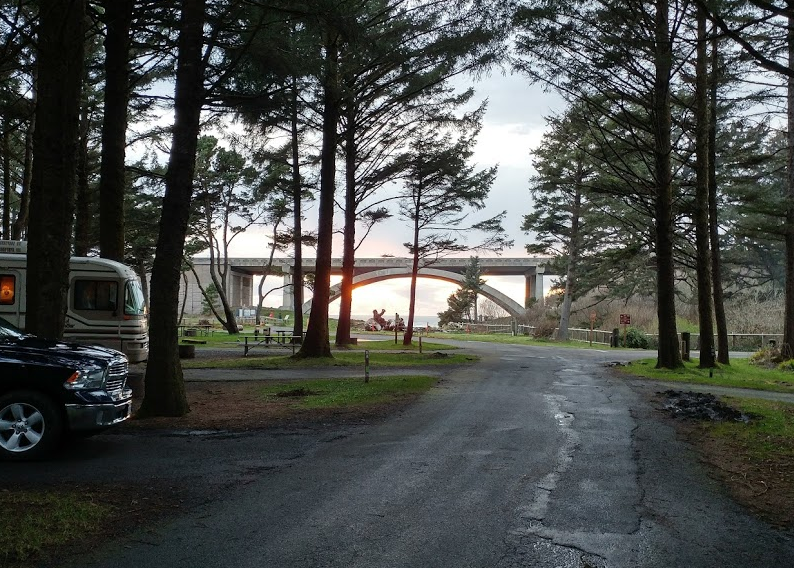
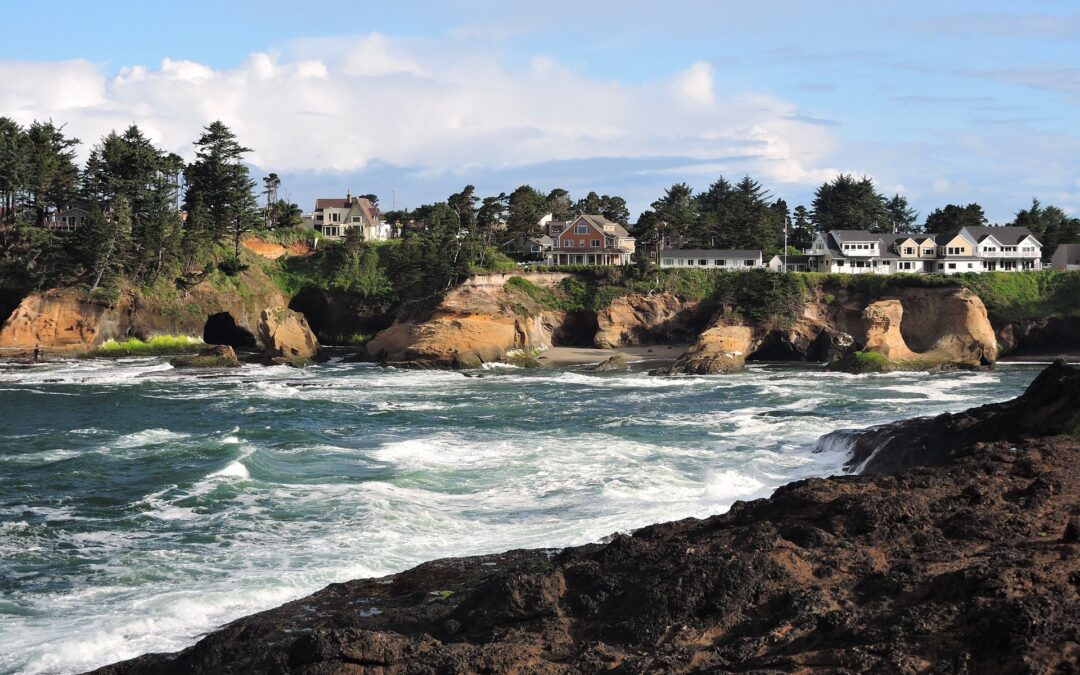



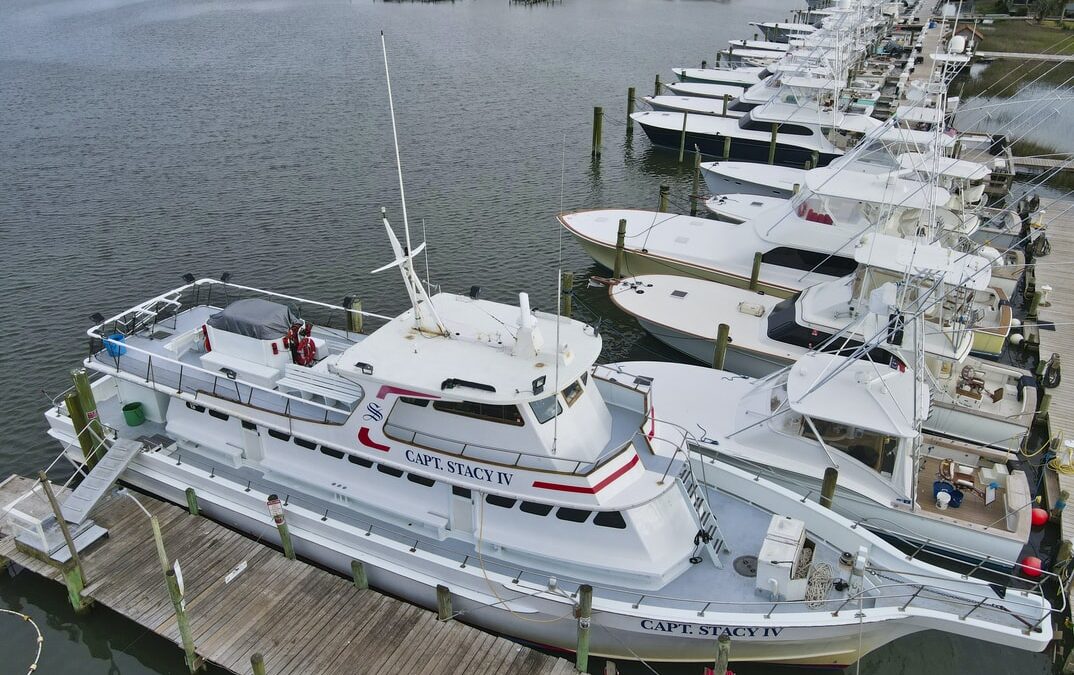
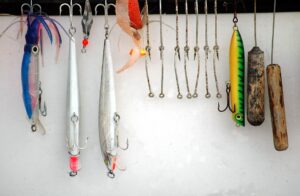


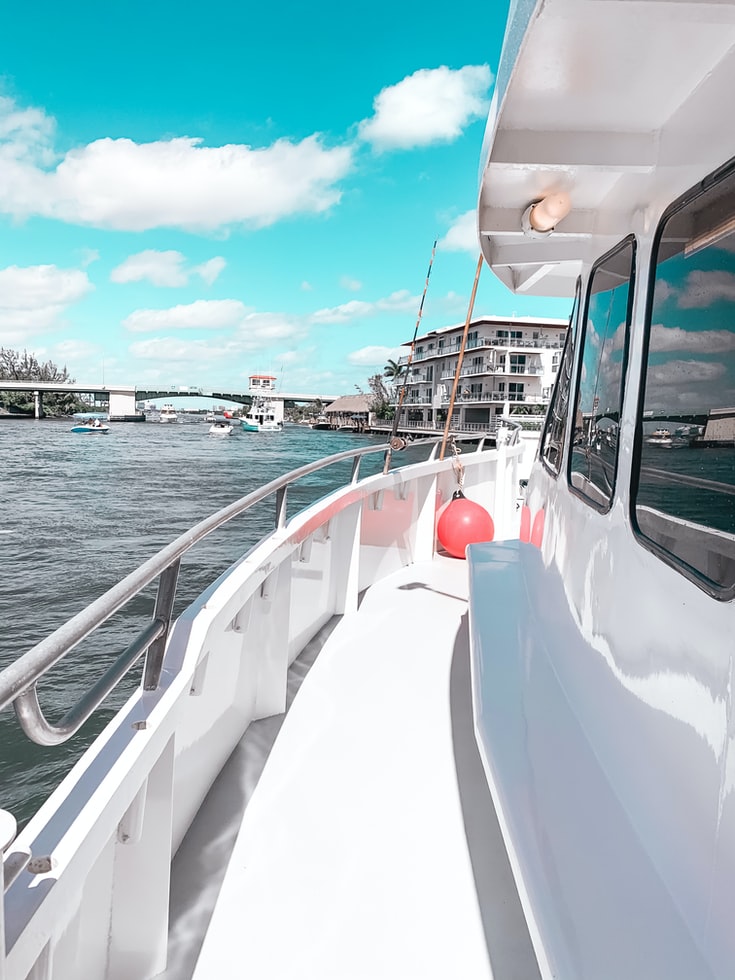
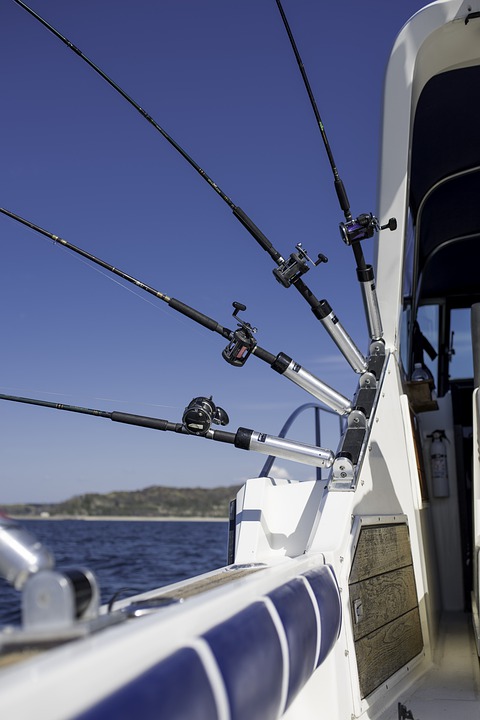
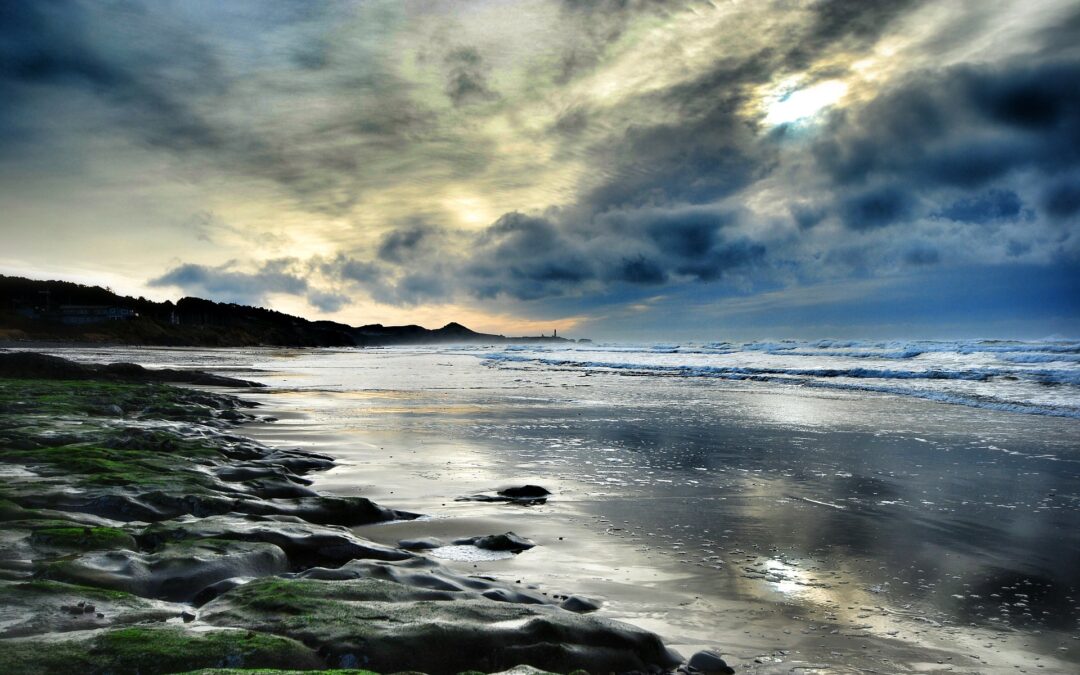
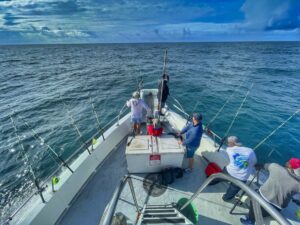
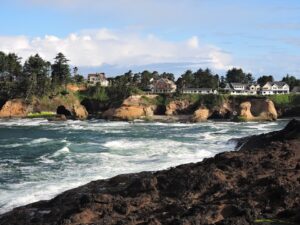
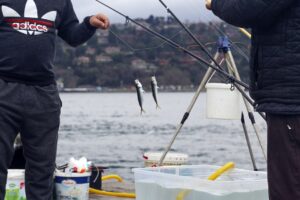
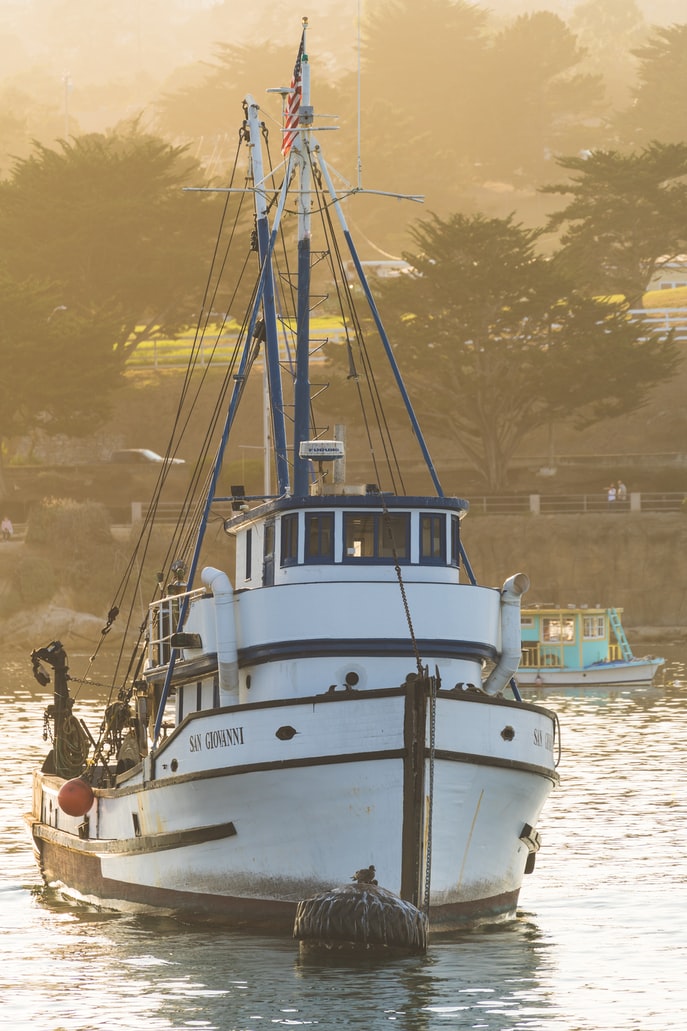
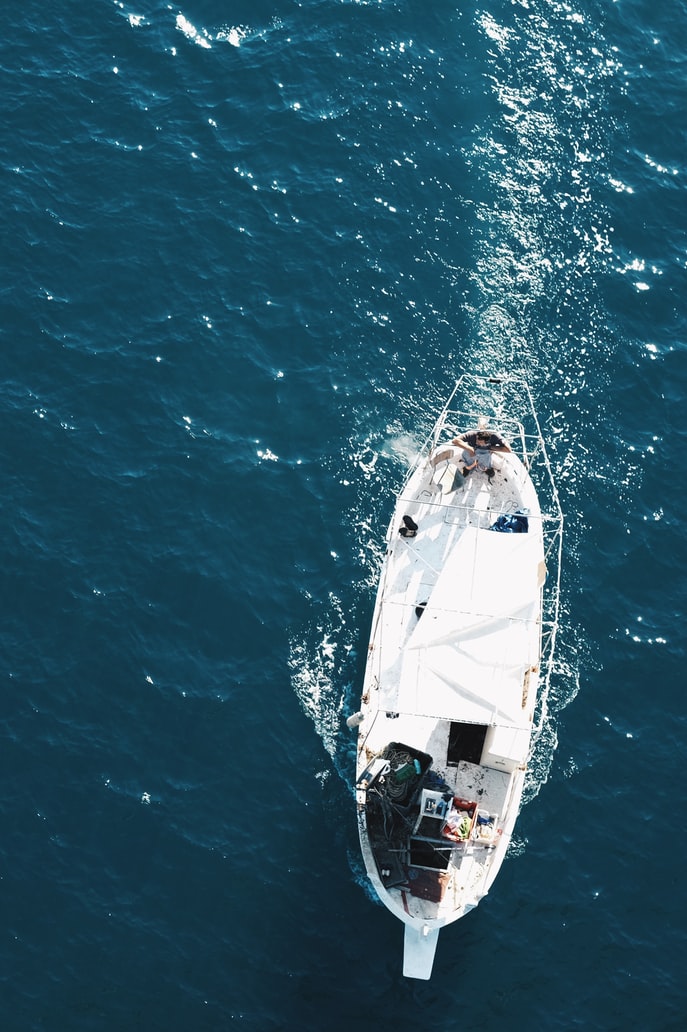
Recent Comments